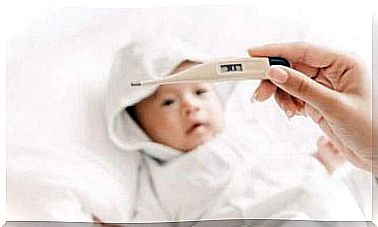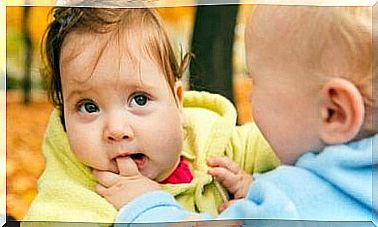Useful Speech Exercises To Promote Talking
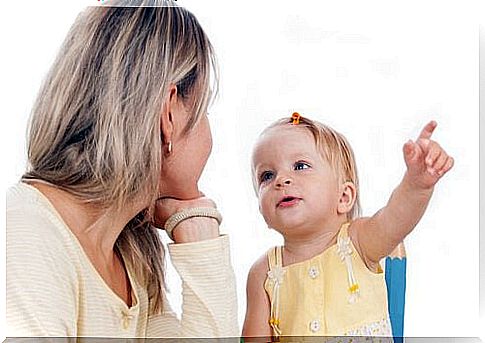
When children are only a few months old and they are not yet able to talk, they mainly cry to communicate. We parents then wait in suspense or for the first words. But if you’re smart, you can do these helpful speech exercises with your child to encourage talking. This way you don’t have to wait as long for those first words.
Stimulating your child to talk is relatively easy, but not everyone is aware of the things we can do at home to give our child a helping hand.
Here we will discuss some useful exercises to bring your child closer to that moment when he starts to form words. These exercises are for children between six and thirty-six months old.
Use the speech exercises below to promote talking
How to promote language acquisition is an issue that many people have tried to answer. Parents and specialists, childcare professionals and teachers are all committed to teaching babies to talk effectively.
To encourage your baby to start talking, it’s a good idea to have some background information about the activities and possible speech exercises to promote talking. These are simple enough to use at home as well.
So in this article we will share the simplest exercises to reach that sentimental but also all-important milestone.
First exercise: reading stories
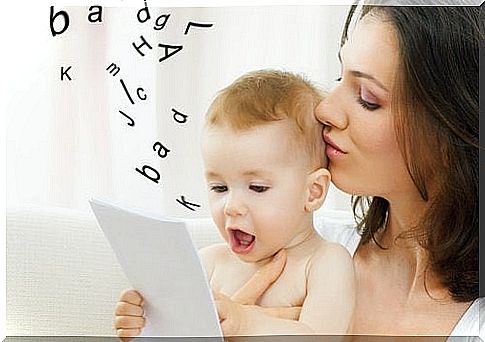
Stories for children are made to be easy to understand and increase their emotional capacity. Choose stories that fit your child’s age group.
To teach your child to talk when you read a story, ask them to point to something in the book. Your child will get used to you reading the story, but you can put the book in their hands so they can “read” it.
Second exercise: puppet show
This fun exercise introduces children to characters and dialogue.
Puppets and puppets made for children are excellent teachers. You can encourage your child to talk back to them, describe them, or answer their questions.
You can make a puppet show with items and knick-knacks that serve as symbols to start a conversation. Disguises and dramatizations are all part of the fun.
Third exercise: traditional games
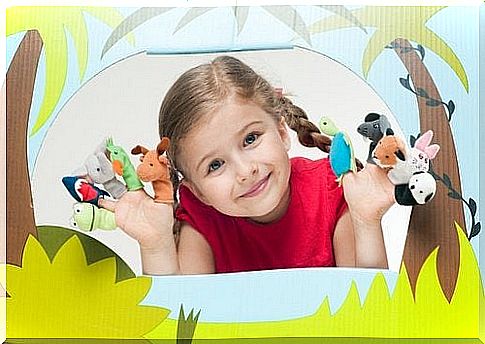
Song or dance games where the child communicates with an adult are helpful in stimulating speech. Such activities usually involve rhymes, phrases, and sounds that the child has to respond to or continue with, depending on the game.
Fourth exercise: nursery rhymes
The purpose of these songs is to teach children something. Yet they have something special that makes them irresistible to the little ones. Songs are therefore a good way to make learning fun.
Such tunes are full of words from the environment of the child. They are simple, absurd and funny. Children should be encouraged to repeat them over and over. First syllable by syllable, then in longer fragments.
Fifth exercise: pictures
To nurture that abstract code known as “linguistic cues,” it’s important for children to make connections between the pictures they see and the words that describe those pictures.
Therefore, we can start to show them pictures, cartoons and all kinds of images. In this way we give them the semantic and dialectical information associated with each image. The child can describe what it sees in the pictures and thus can create new concepts and learn new words.
What is the recommended age to start these speech exercises?
It is normal for little ones to show signs of understanding from about six months. This in the form of laughing, paying attention when they are spoken to and producing his or her first sounds. At this age it is a good idea to start with appropriate speech exercises to promote talking.
Between nine and eighteen months of age, a baby will be able to respond with more syllables. They point out what they want and express agreement or disapproval. Also, they know the name of many different people and things. They also begin to use their own gestures with self-made meanings.
When they are one year old, they will use complete words and show that they know the meaning as well. Now is the time to use exercises designed to encourage children to talk.
At thirty-six months of age, children will be able to participate in all the exercises. Some will find them harder than others. If this still does not work, it is best to consult a specialist.




